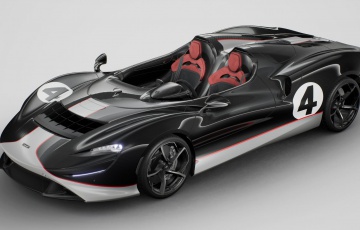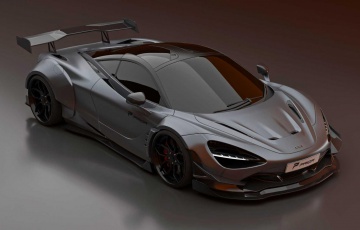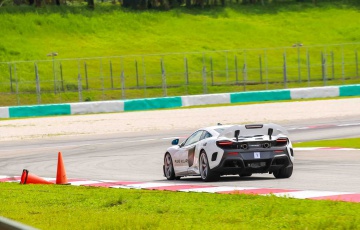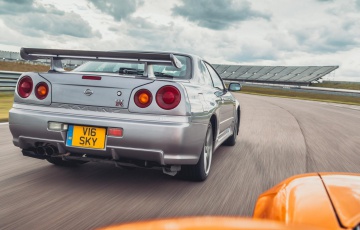McLaren Elva: first test of wild 815hp roofless supercar
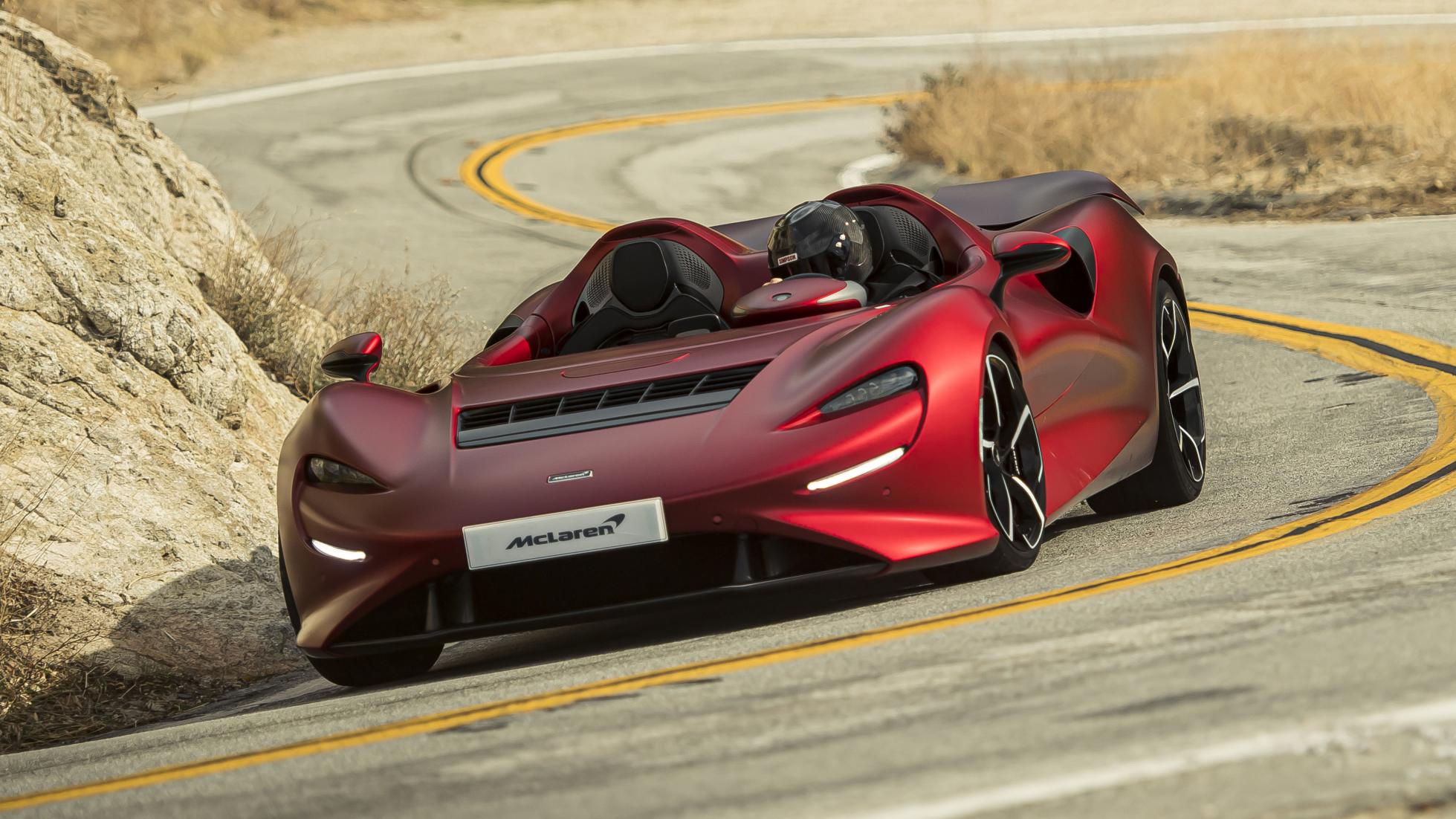
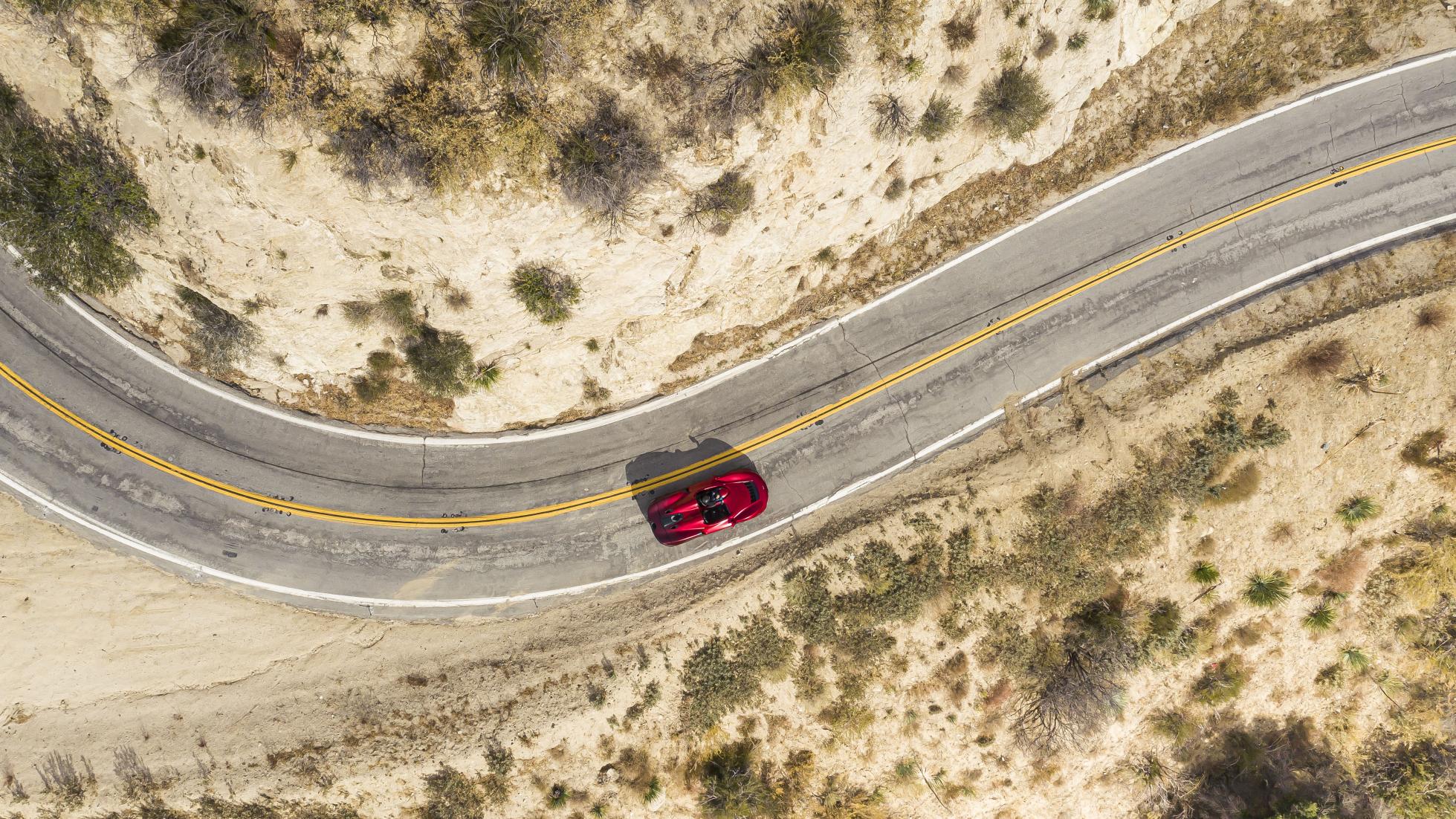

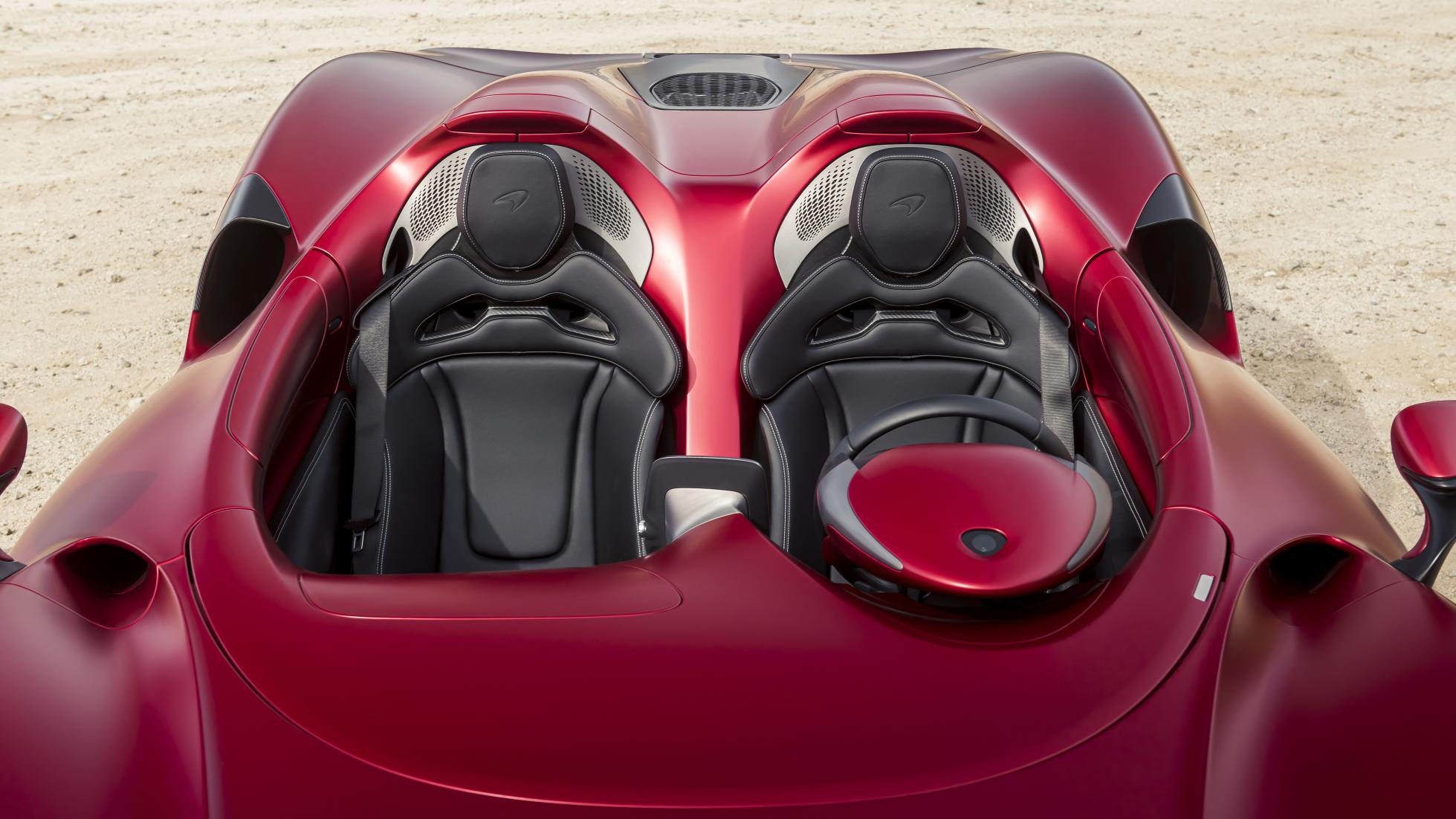

McLaren Elva: first test of wild 815hp roofless supercar
One of my earliest prized possessions was a battered and chipped scale model of a McLaren M-series Can-Am car. It was turquoise-y green, flat as a matchbox with gold wheels and had virtually no screen.
I’d throw it around homemade imaginary racetracks, scrape it past bookcases and launch it into wild slides across our centrally unheated Yorkshire farmhouse’s uneven stone floors in my quest to understand more about this strange-looking race car. What was it like to drive one of these all-conquering cars, fling it around corners. How did it feel, what did it sound like?
Being five at the time made it unlikely I was ever going to find out. But the black and white – no colour TVs in our village – images of the McLarens storming the podiums in the mid-Sixties have stayed with me, as permanently as the scar on my leg from playing Catch the Pitchfork that summer all those years ago.
Looking at the classic McLaren M model racers now, they still seem impossibly raw and fabulously dangerous. Everything a proper race car should be. But driving one? That’s probably never going to happen.
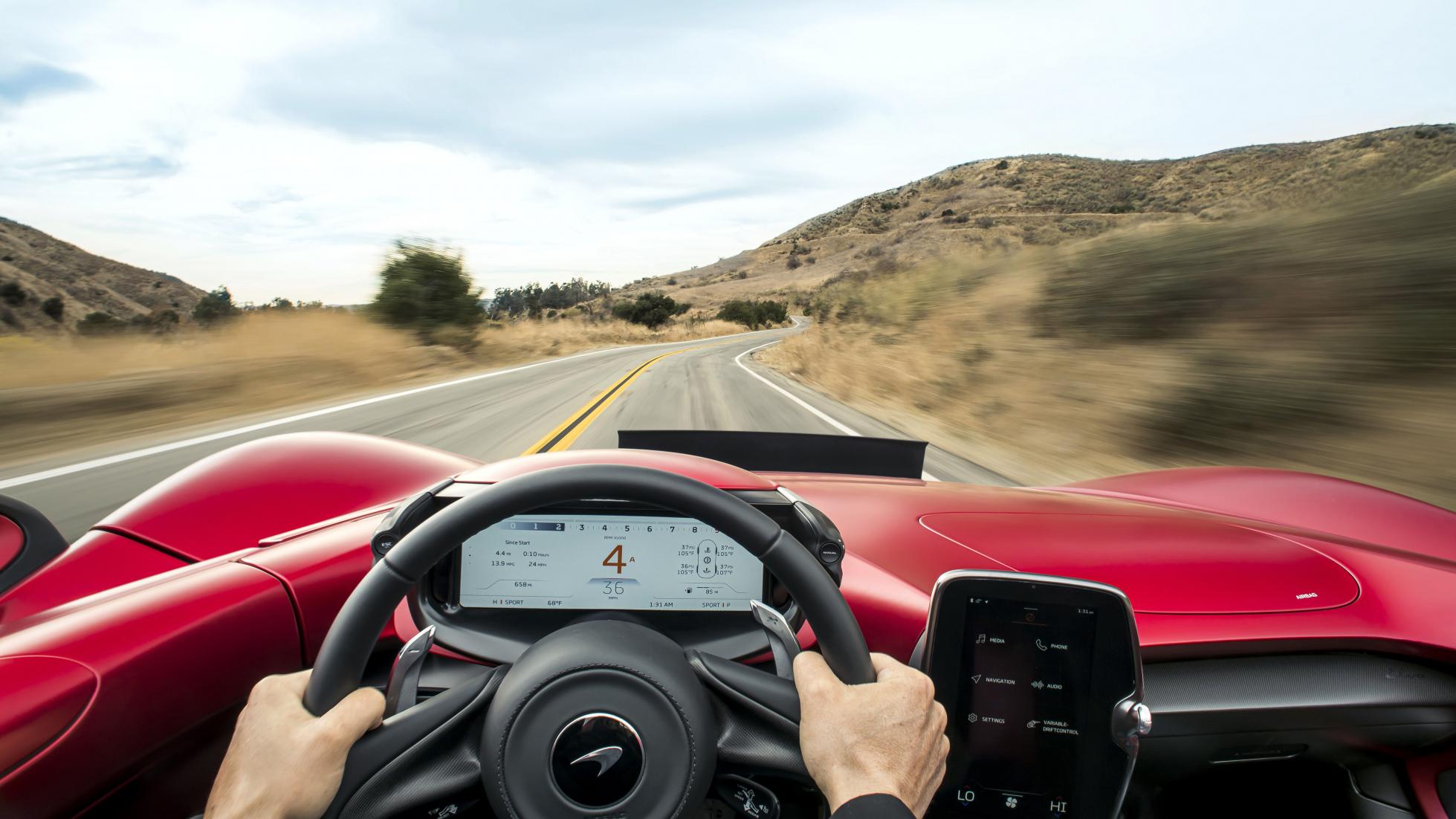
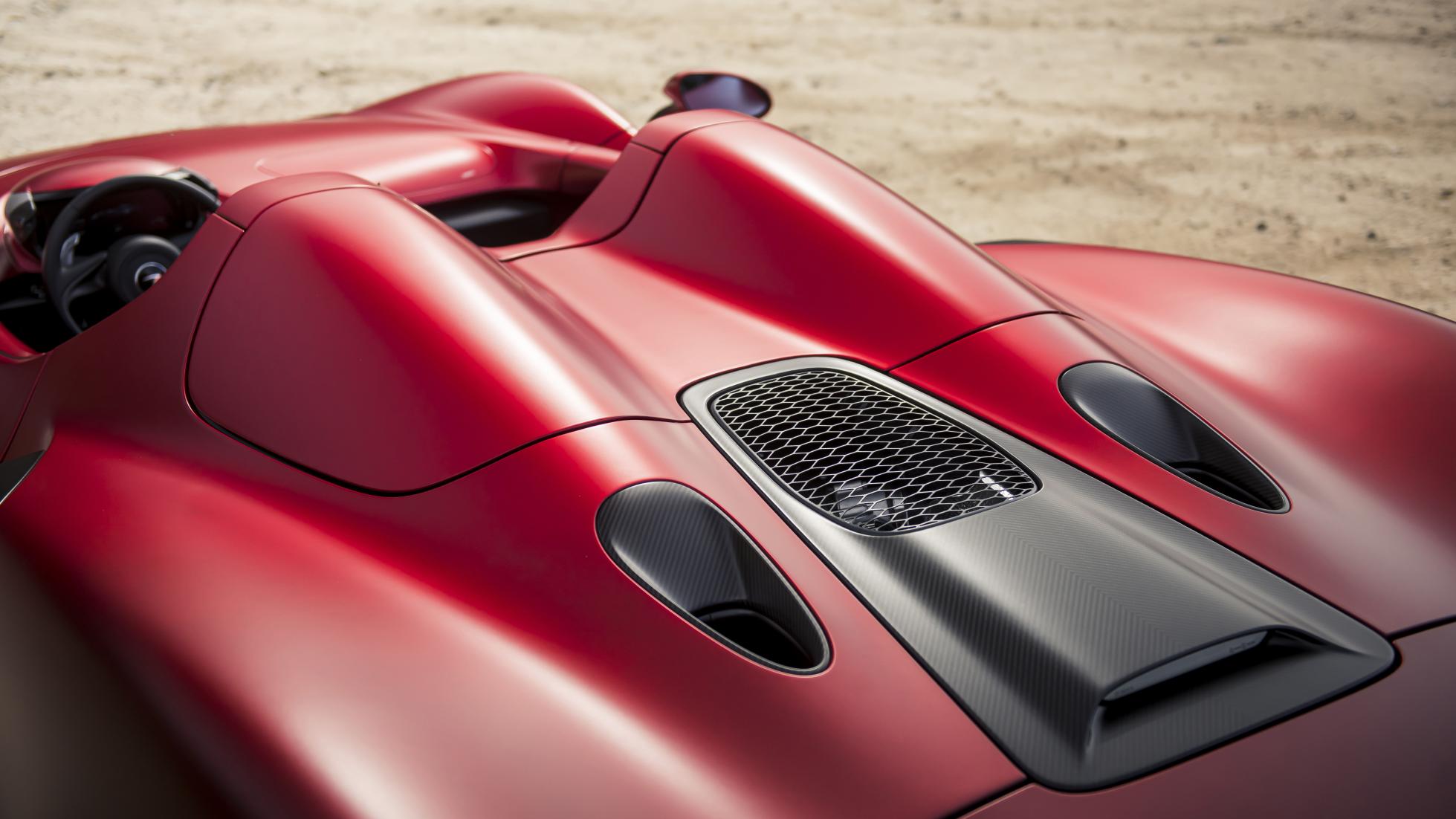
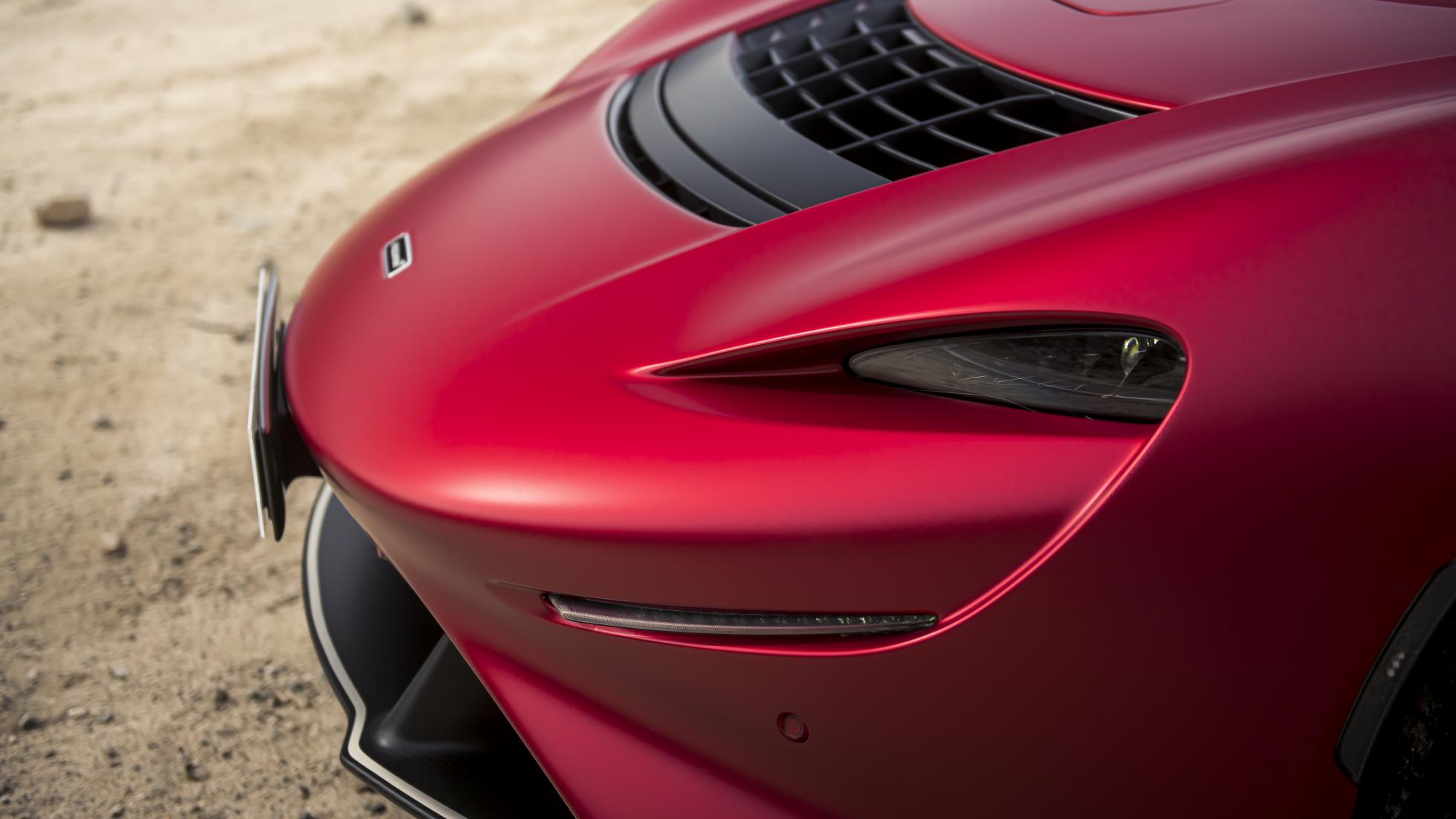
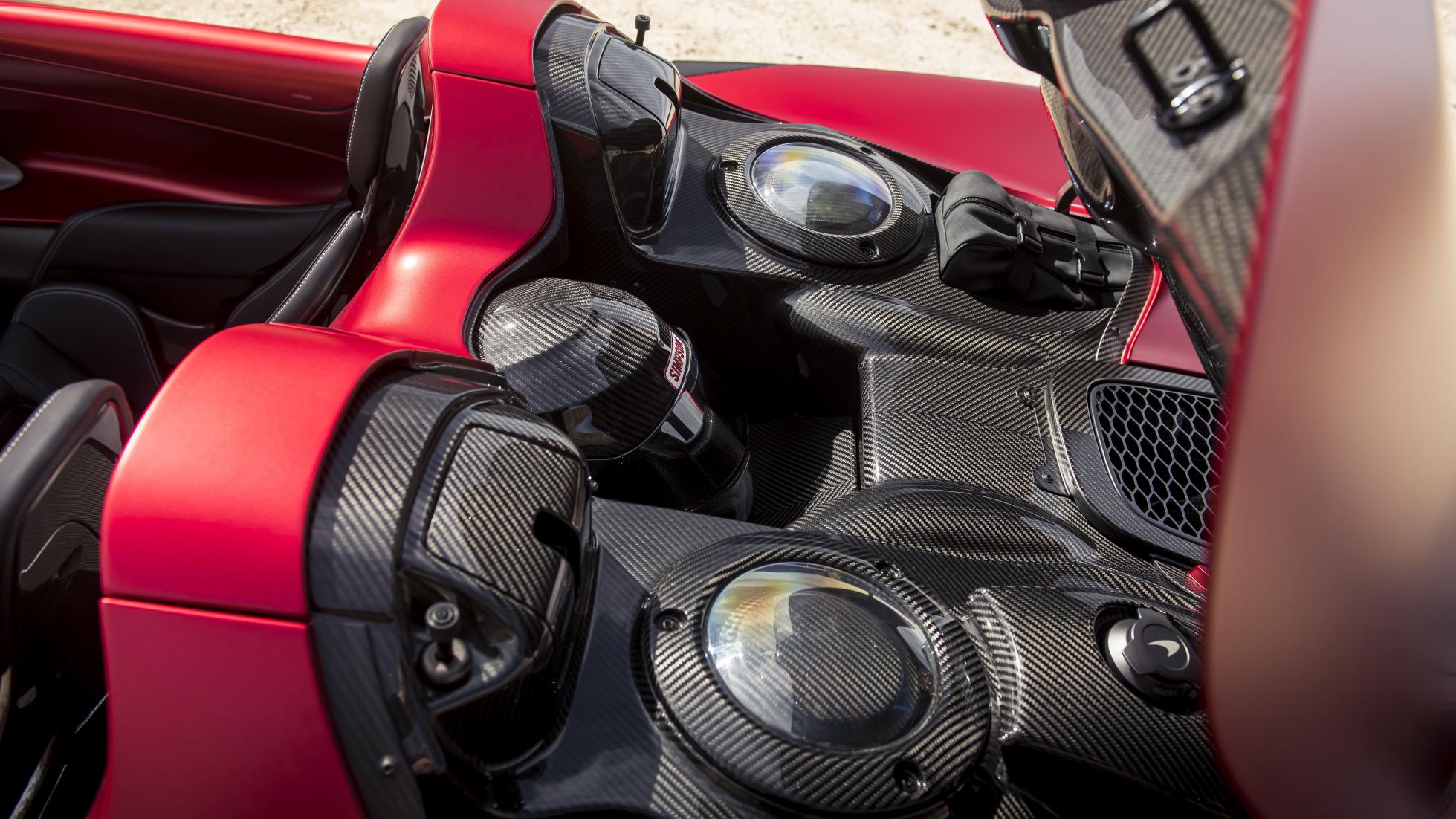
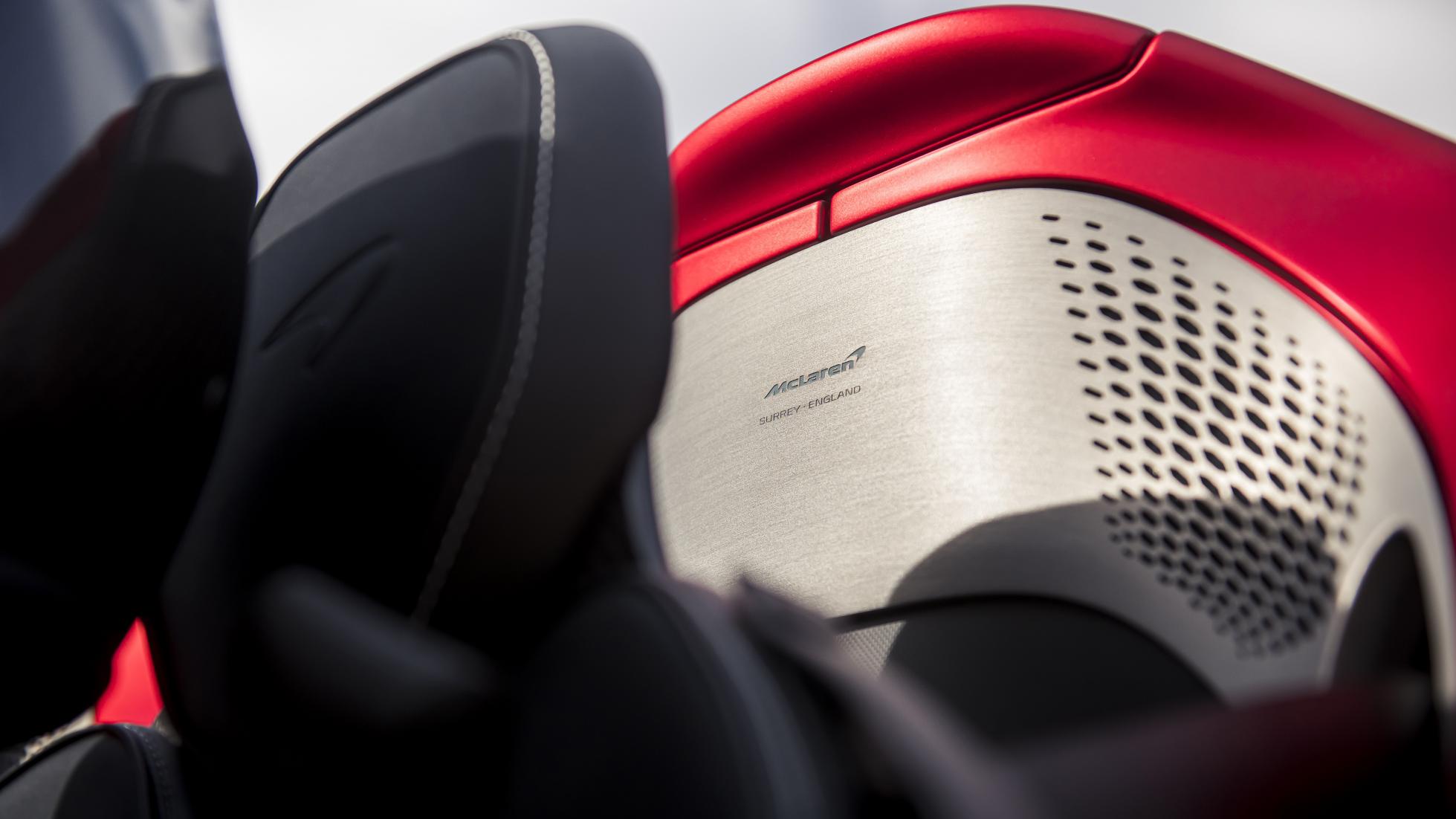
Or is it? This is where the new McLaren Elva comes in. For 149 speed-obsessed nostalgic old gits like me – and a couple of the inevitable and permanently priapic influencers – the Elva is like being strapped to your favourite love interest and dipped in warm chocolate.
Officially, it’s the fifth car in McLaren’s Ultimate Series, follows on from the OG F1 back in 1994 and has the demonic P1, physics-upsetting Senna and stretched Speedtail as siblings. But, unofficially and importantly for me, it’s a modern reinvention of a car that allows one last chance of living and driving the McLaren Can-Am dream.
At its core, the Elva uses most of the greasy and electrical bits from the Senna. The engine is the same hairy 815hp twin-turbo V8, and the brakes are the same stop-the-world sintered carbon items just with lightened titanium caliper pistons – they save 1kg per corner.
The suspension, which is bolted to the Senna carbon tub, is a retuned version of the sentient and very clever multi-mode, electro-hydraulic system. But after that lot, the already exotic spec sheet zooms even further into fantasy Elva-only territory.
With the almost weightless doors open nigh-on vertical, you step over one of the widest sills in automotive history, stand in the footwell and lower yourself into the carbon bucket seats.
The view ahead is of the oval instrument binnacle, with both chassis and engine modes accessed via a tilting toggle on either side of the pod. There’s a small vertical screen, as per normal McLaren practice, for controlling things like the heater and, more importantly, 15-level drift control. Plus a row of buttons under the dash for AAMS and the – shockingly small – boot release. But that’s it.

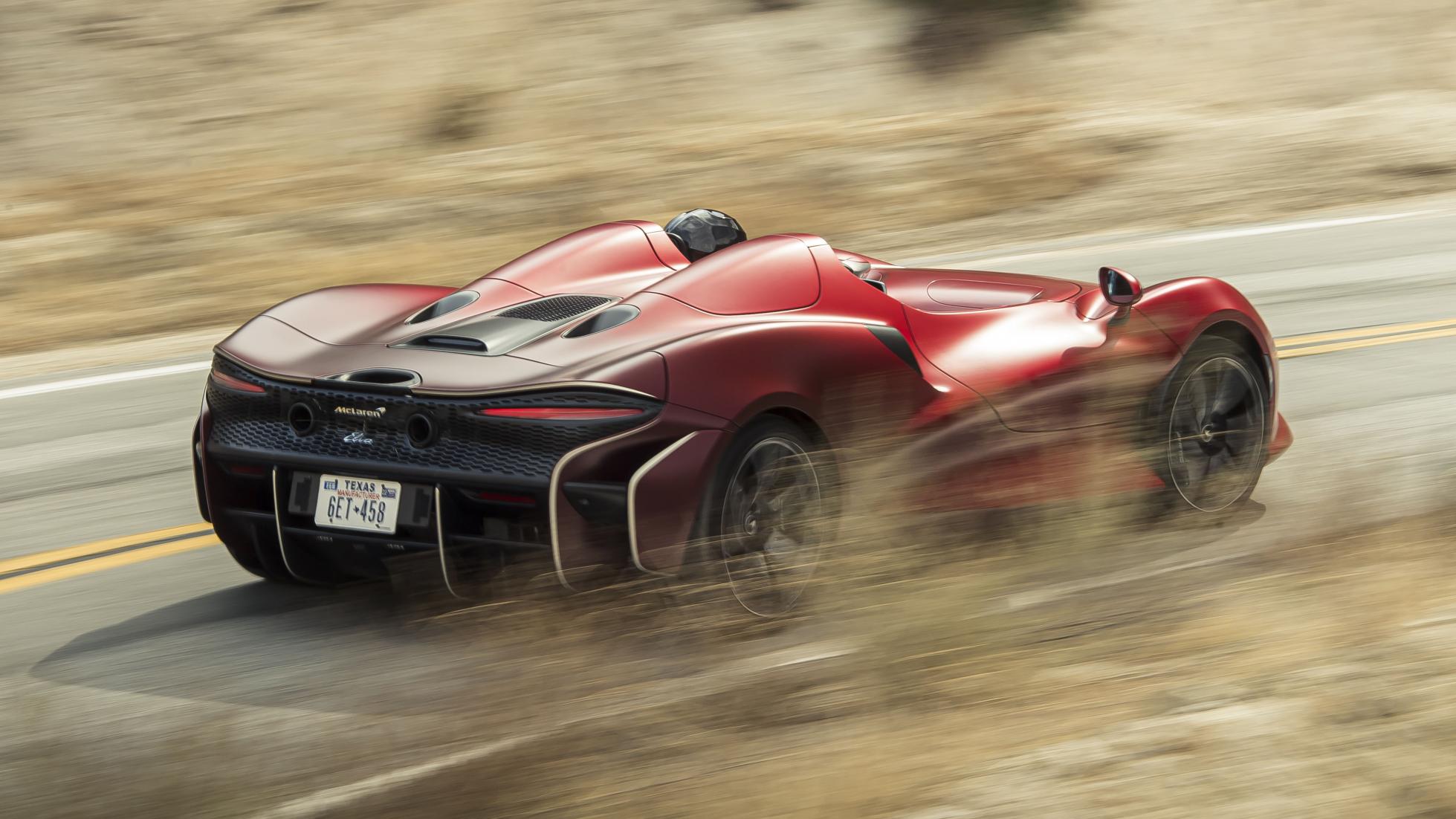
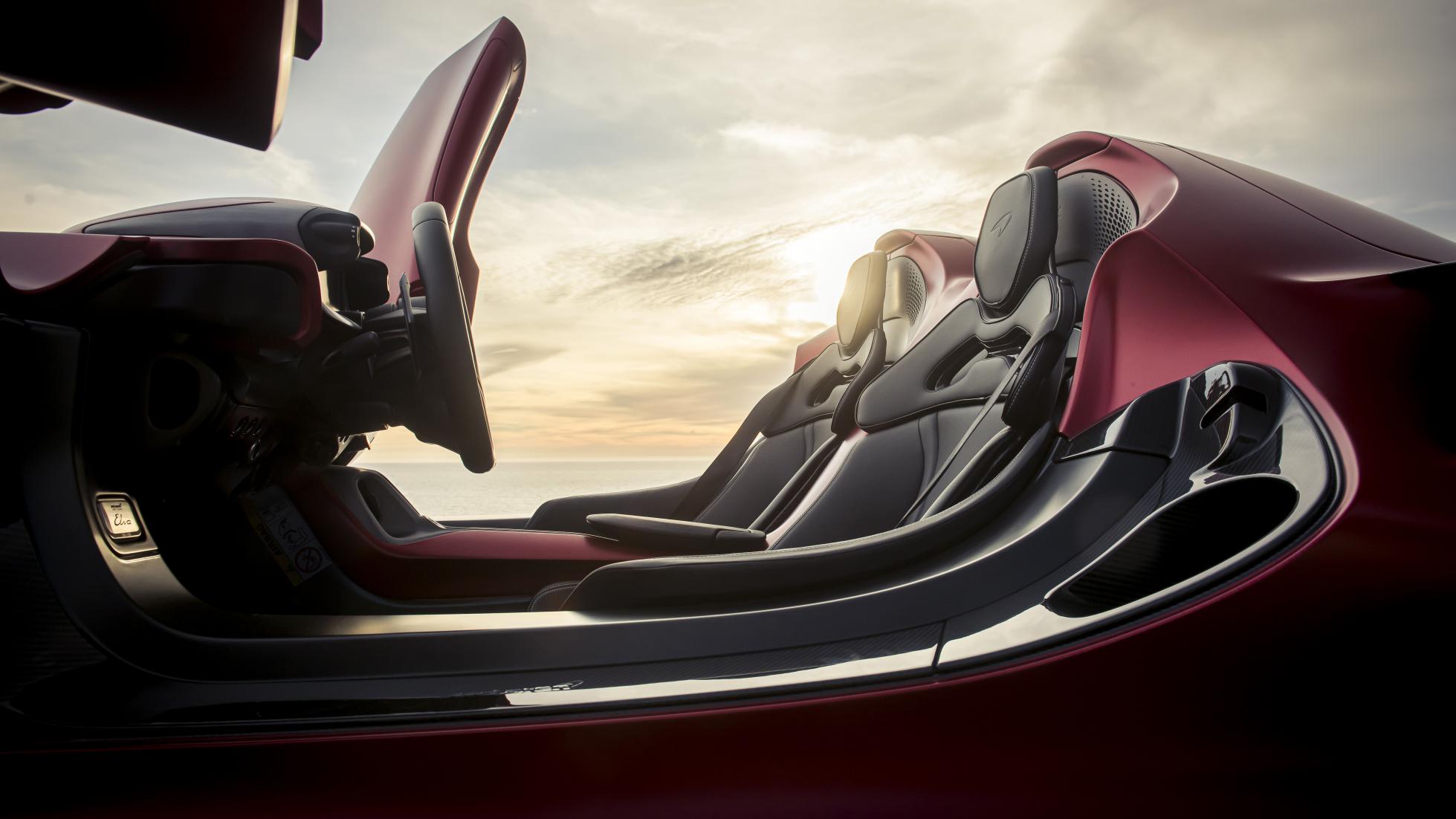
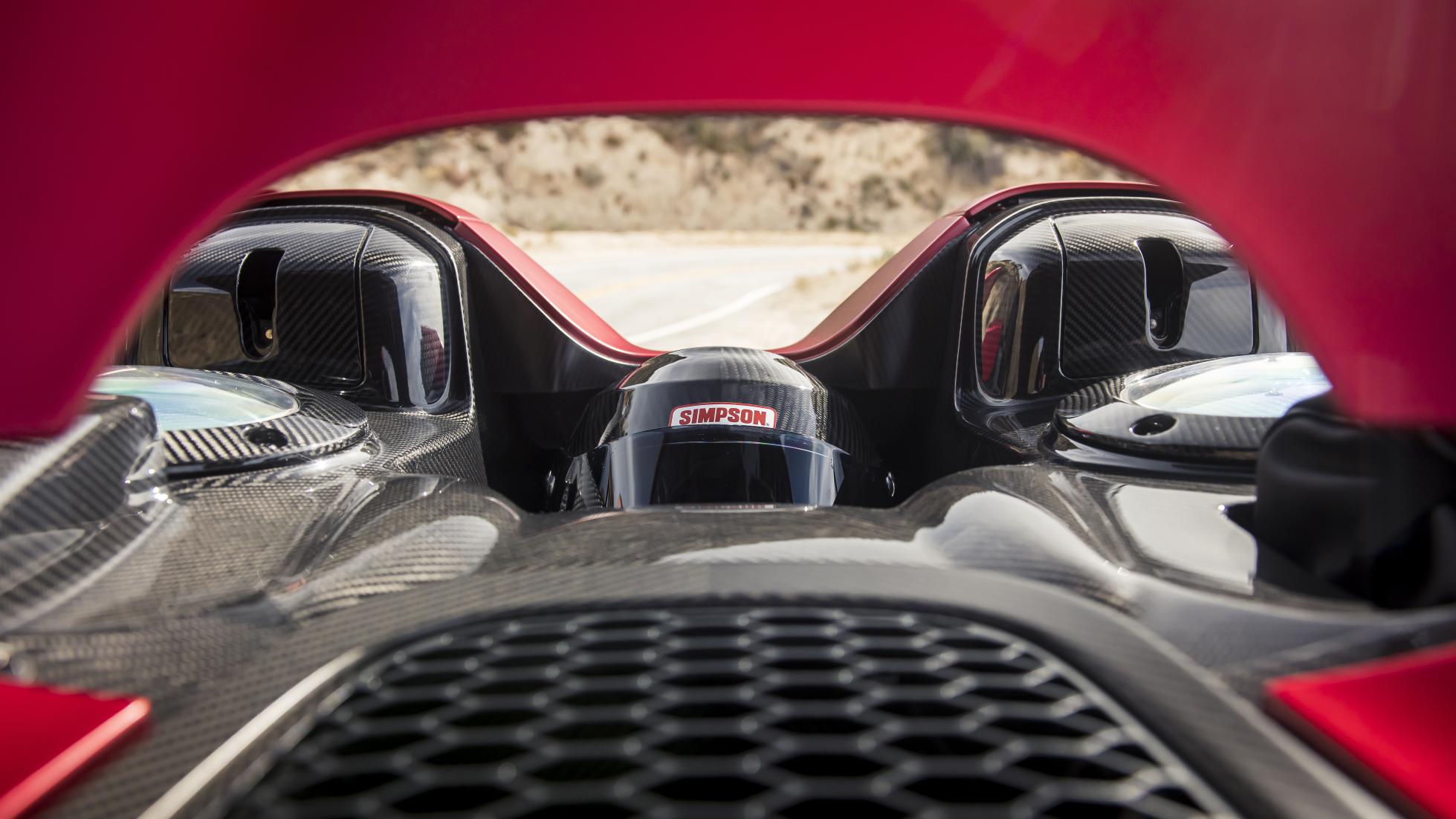
The bodywork is comprised of three, huge carbonfibre sculptures – you can’t just call them mere body panels – which swoop and swell like the Cotswold countryside tightly over the components within. But even with all the added curves, there’s still more than a passing resemblance to the Can-Am cars of old.
Pointy nose, big front wheelarches, bulging haunches with vast cooling grilles. It’s all there and more. The ‘more’ being the integral seat humps – which contain ballistic rollover protection – instead of roll hoops, a rear splitter that looks like a giant’s toast rack, and a series of horizontal slits on the bonnet where the deep duct used to be on the race cars.
One of these slots contains a key piece of the Elva’s magic. Known as the McLaren Active Air Management System (AAMS), when activated – there’s a button to turn it on and off; it’s not always on – it raises a flap about six inches into the air flowing over the front of the car, to reduce the blast on the driver and passenger.
If I had to compare it with anything, it feels like a Lotus Elise’s big brother
When activated it pops up at 48km/h and stays up well beyond the national speed limit. It’s designed to quell the airflow. But you have to think ahead. If you suddenly find yourself doing 95km/h and want to reduce the blast, you’ll have to slow to 48km/h to make it pop up again, but that might be peculiar to this pre-production car. The claim is that it can be used at any speed.
The reason AAMS is there, of course, is the total absence whatsoever – to the total disbelief of every single person who sees it – of a screen. Owners will be able to spec a short bug shield as per the later M model race cars, which many might see as essential not least because it makes the Elva look more racer authentic.
But, while it would make the car more everyday usable, speccing the screen deletes the AAMS. So I’d still understand anyone wanting the pure look without the screen. You’ll be able to spot these people easily: they will have a bicep where their neck used to be.
Because, there is no getting away from it, the incessant wind blast in the Elva above 130km/h is nothing short of brutal. I’ve ridden motorcycles with no screen deep into three digits that offer less buffeting than you experience here.
Even hunkered down as far as possible and wearing a helmet it feels like you’ve been glued to the front of a fighter jet. In the passenger seat it’s even worse – or better depending on your point of view.
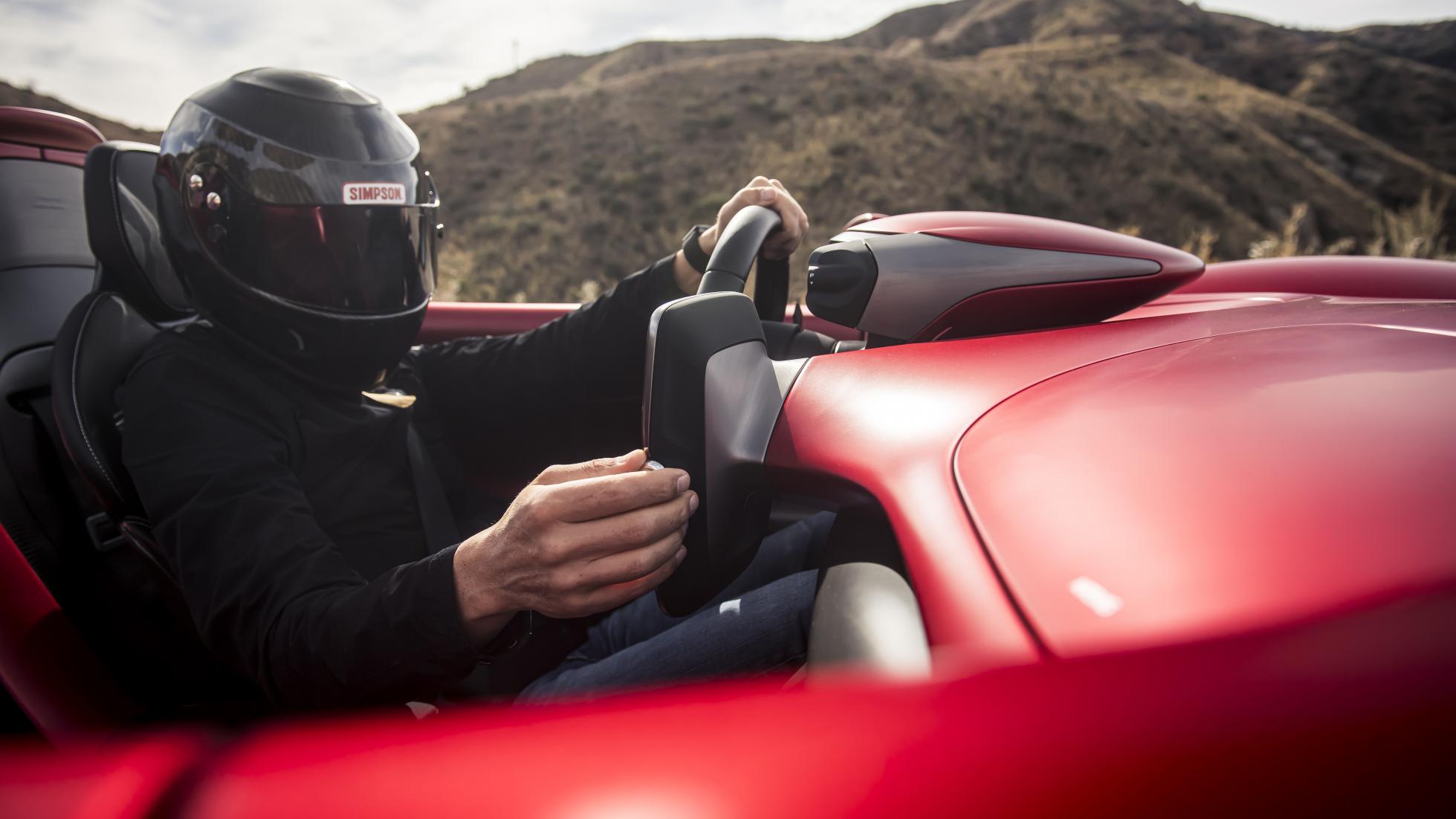
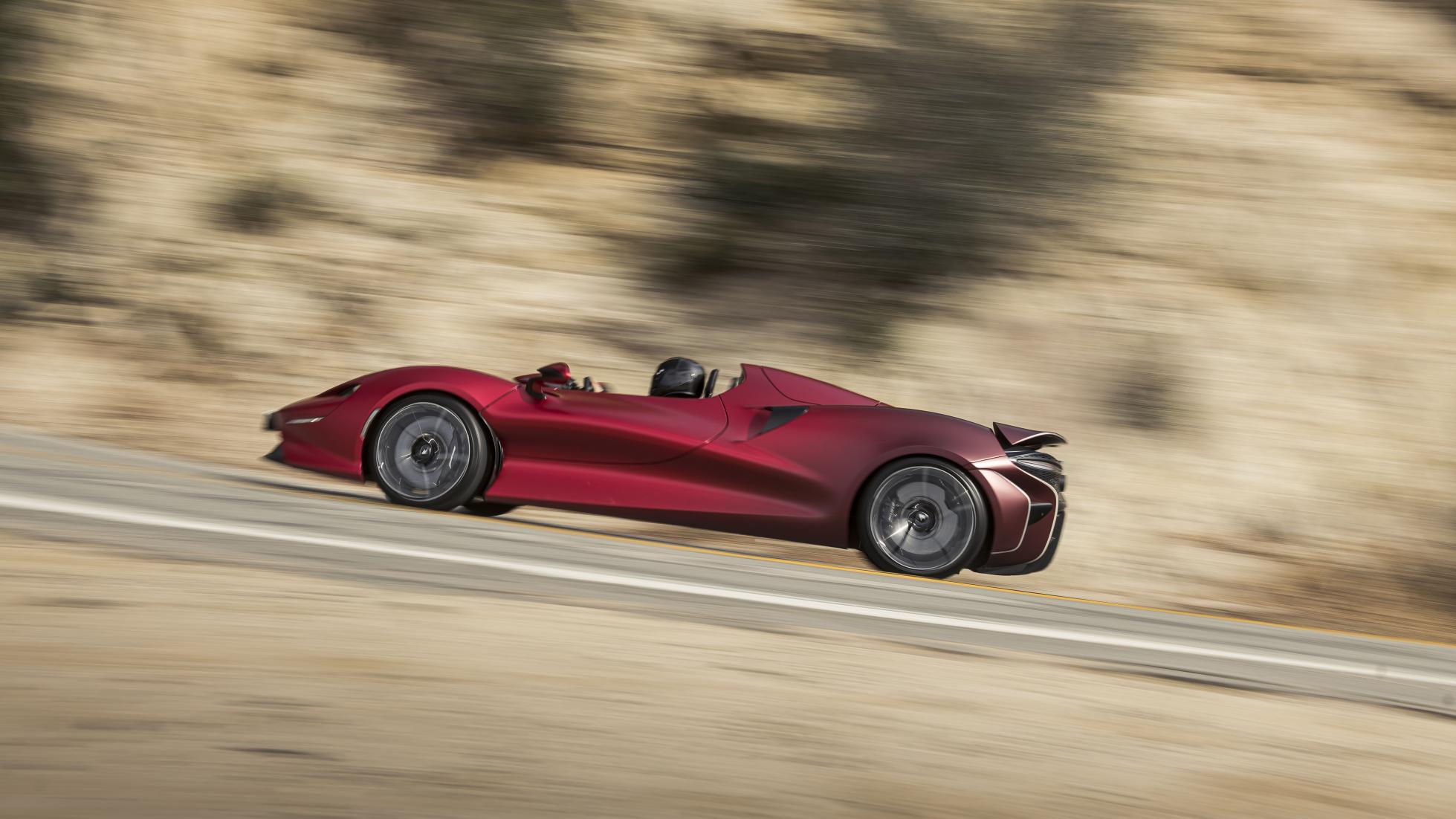
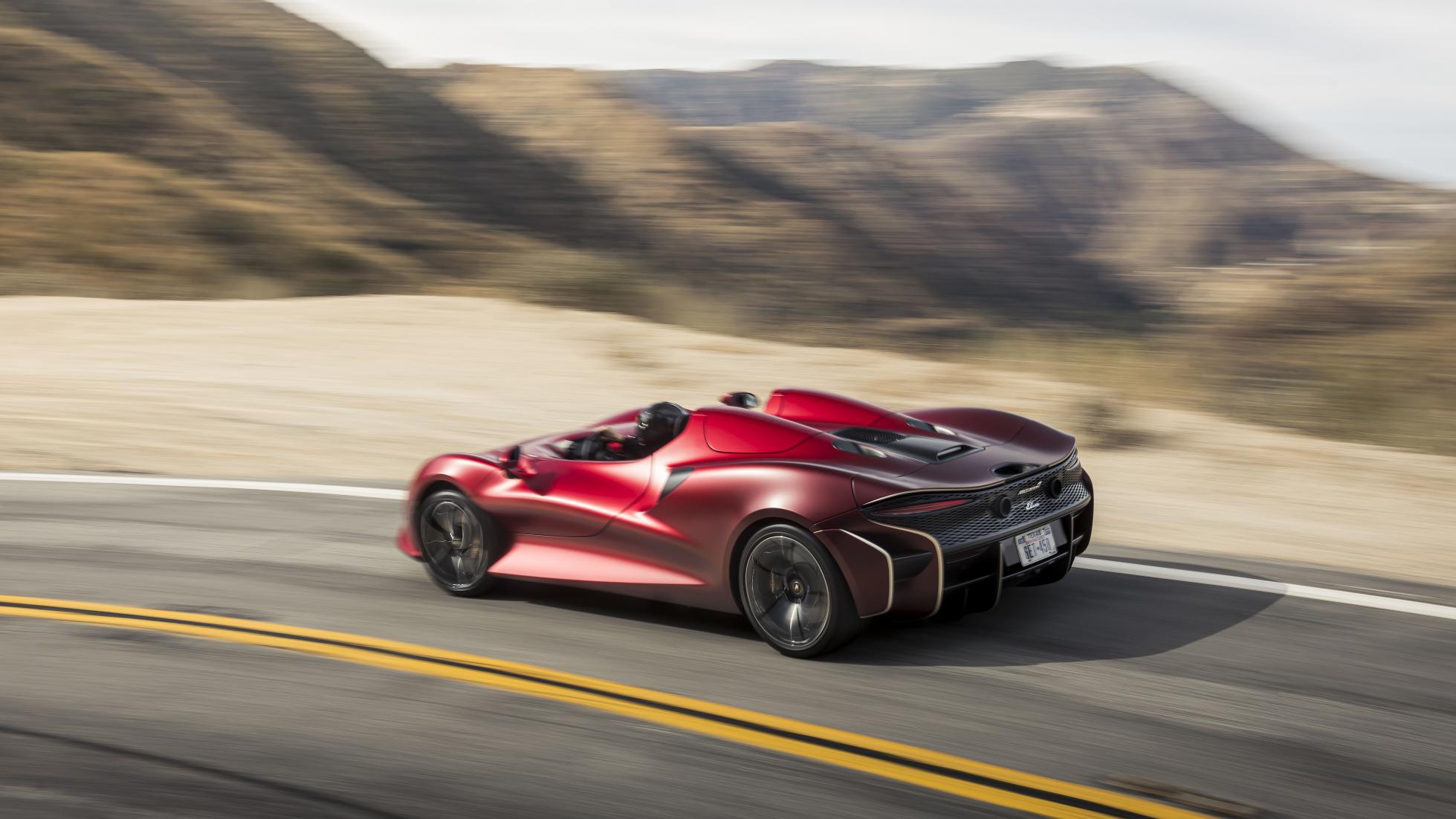
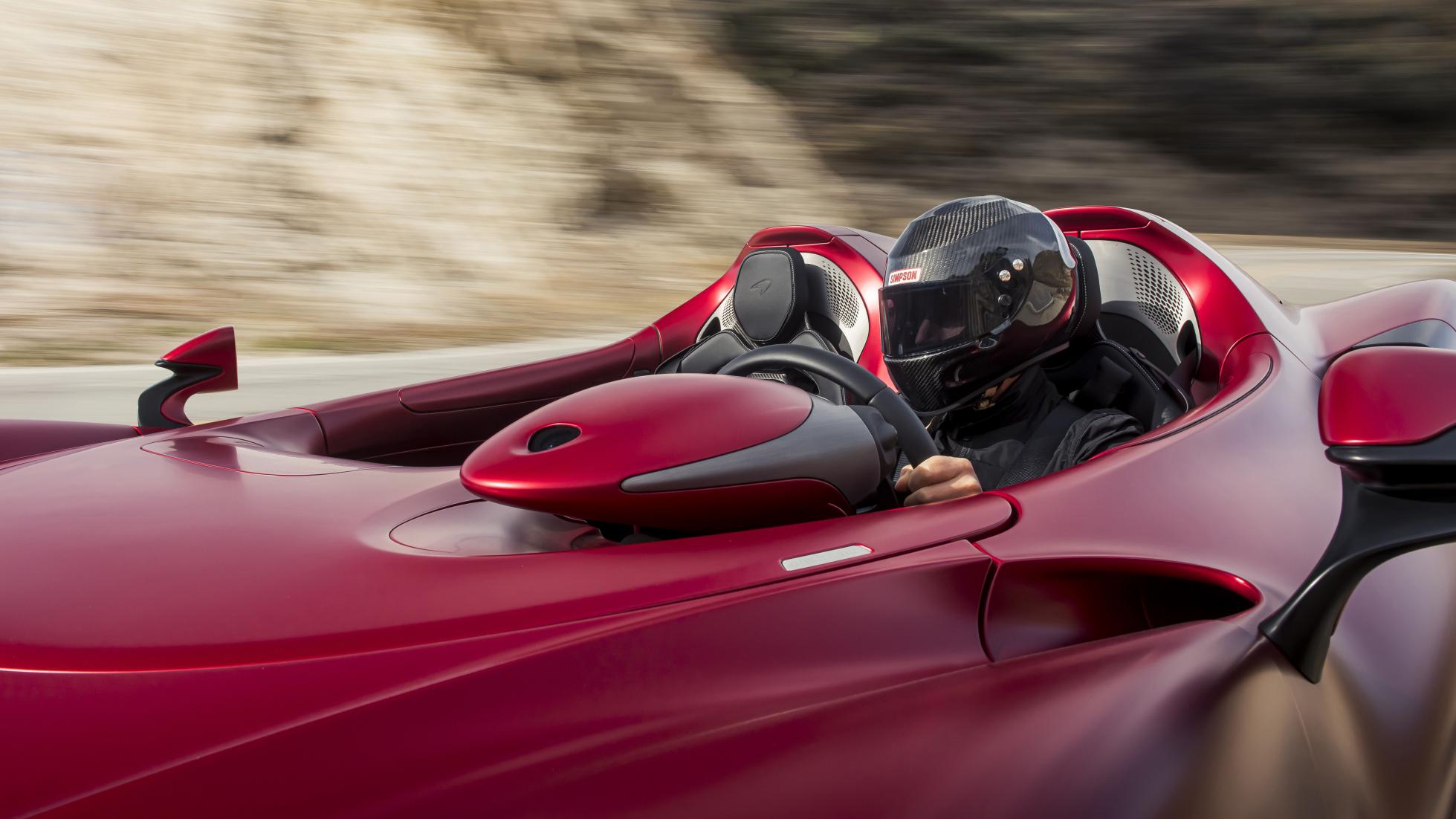
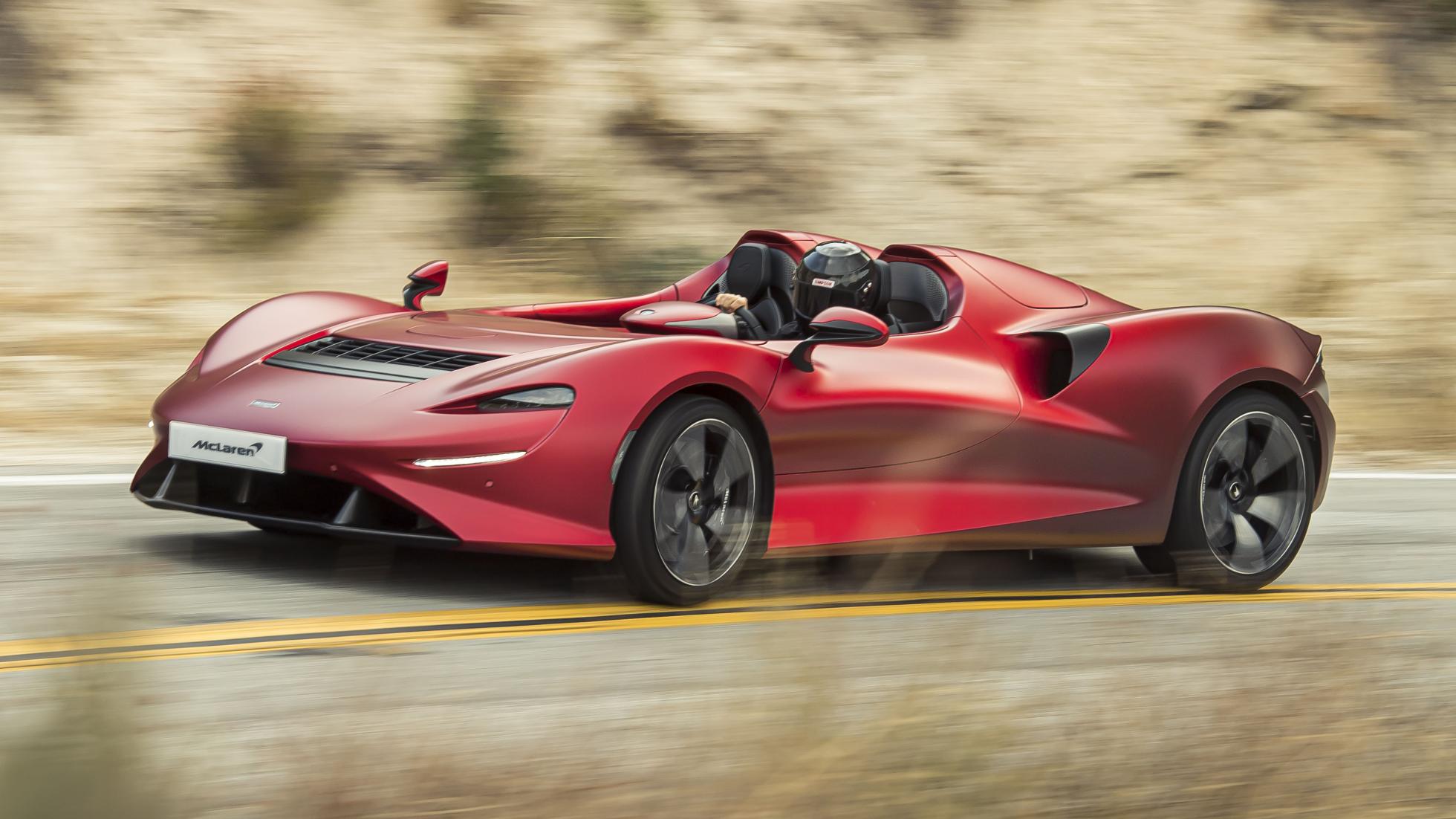
Braking for a corner after a short but very energetically attacked straight – the 1,148kg Elva accelerates faster than the Senna – I glance through my visor at Jamie the photographer sitting next to me, bare headed. Looking like a combination of a human smiley emoji and Sonic the Hedgehog he claims that the Elva is the most fun he’s had in a car in years, and I agree.
But that was a long way from our initial impressions when we first got the keys to the car. Despite every piece of common sense shouting at us to wear a helmet at all times in this 325km/h roofless hypercar – we launch into the Beverly Hills traffic with no more protection than sunglasses.
Surely we’d be fine even without AAMS, right? Wrong. Even at 65km/h the wind blast yanks at our hats and makes our eyes water uncontrollably. This is not good.
Hitting the AAMS button makes it instantly more comfortable, but not the pool of dead calm that we had been led to believe. Maybe, we think, if we go a bit faster it’ll smooth out.
But after a 32km run up the 405 freeway at normal speeds, hat and glasses clamped to our heads with one hand, eyes streaming, it was clear. Were we missing the point or has McLaren just made the world’s fastest, most powerful and most expensive hairdryer?
So, slightly bemused, we give up, turn off, swap hats for helmets, and head for the canyons. And then, suddenly, everything that has been a chore on the freeway and in town becomes a bonus.
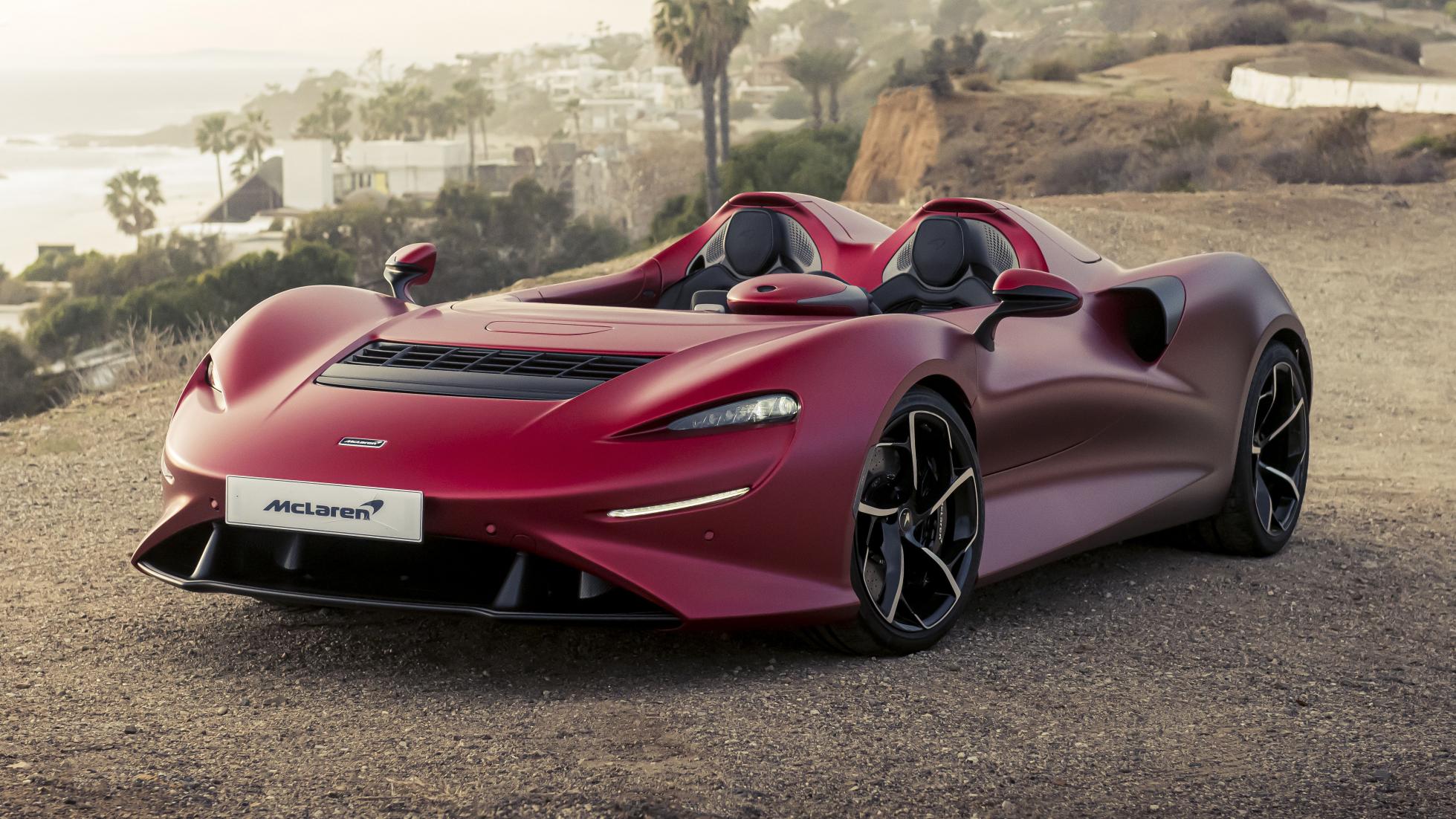
With a helmet deflecting a huge amount of the buffeting, we can concentrate on and explore the car’s incredible poise, power, and precision. I have driven this particular road hundreds of times in more than 20 different cars, so I know it like the alphabet. And the Elva simply destroys it.
The steering feel and surety is the best I’ve ever felt – yes, even on road tyres – allowing perfect placement on the road. The suspension, in Sport mode, millimetrically judged, feeding back just enough road data to let you know what’s going on, smoothing but not smothering detail.
And the engine is just immense. Majestic response, power that never ends and rapid gear changes accompanied by the crack of exhaust… it just feels like the most polished jewel of a car. If I had to compare it with anything, it feels like a Lotus Elise’s big brother.
But it’s also much more than that. With no screen to blunt the wind, all of your senses are on high alert. You can smell the passing countryside, the guy in front vaping Strawberry Surprise, the horses, the coffee shop, the sea.
You can also feel thermals in the air cooling and warming as you dip and climb up the mountain road. It just makes the whole experience completely more engaging and fun.
It’s nothing bikers haven’t known for years, but to get the same sensations in a car that can easily outrun most bikes is a first for me.
Which is why the Elva is such a triumph – and far from being the weird runt of the Ultimate litter would, after a pristine F1, be my first choice by miles. Especially if I could persuade McLaren’s MSO department to paint it a weathered turquoise-y green with a few chips in it and find a set of classic gold wheels. Fingers crossed.
I’ve got plenty of roads and tracks I’ve been waiting for decades to drive in a real version of my prized Can-Am McLaren.
STORY Pat Devereux
PHOTOS Jamie Lipman
McLaren Elva
Engine: 4.0-litre twin-turbo V8, 815hp, 800Nm
Transmission: 7spd DCT, RWD
Performance: 0–100km/h in 3.0secs est
Top speed: 325km/h
Weight: 1,148kg






